

|
|
|
1845-O
Variety 101b
Obverse 1.2: Polished Die, High Level Date, Rusted Die
Reverse A.3: Large Thick O, Die Crack Rim To AME(R)ICA, [mm Rt,H]
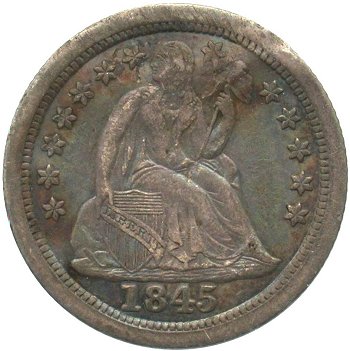
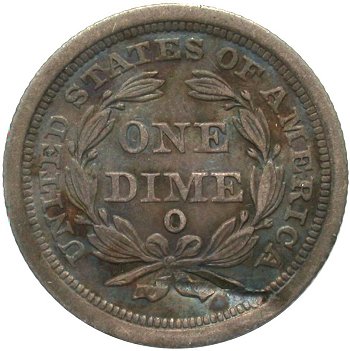
Obverse 1.2 Reverse A.3
Obverse Diagnostic Point(s) Reverse Diagnostic Point(s)
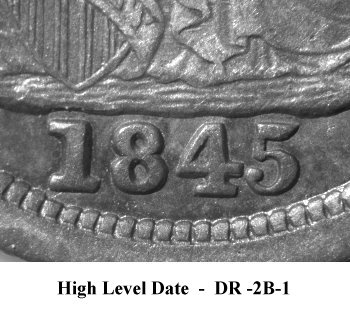
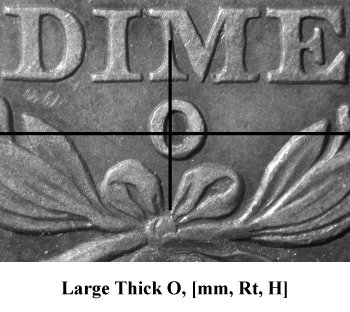
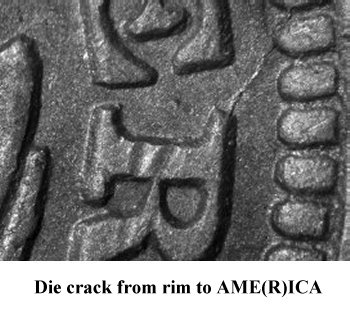
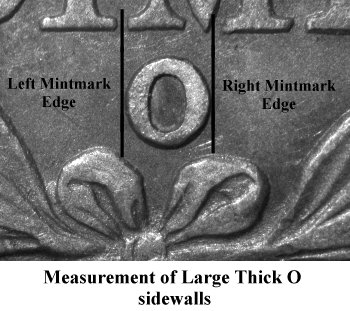
Comparison of Large Thin O vs. Large Thick O Mintmarks
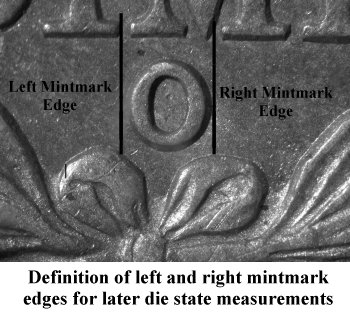

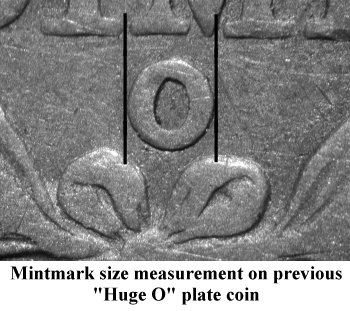
Comments: Previously, the 1845-O date was listed with two separate reverses labeled as Large O mintmark and Huge O mintmark. Since that listing, collectors have oftened questioned if the Huge O reverse was truly a second reverse die or a later die state of the Large O reverse with obvious die degradation. For example, Bill Mackrides pointed out a similar die crack existed from Large and Huge O mintmarked reverses suggesting a single reverse die. Conversations with Brian Greer also centered on this topic given similar occurence on the 1852-O date where late die state examples can be found with a mintmark with thick sidewalls and reduced size center oval. During 2010, John Frost provided a high grade 1845 "Huge O" for study and a final determination on a single reverse die with degraded mintmark or supporting evidence of two separate reverse dies.
Upon careful study of the John Frost example, the reverse die crack from AME(R)ICA to rim was determined to be a common diagnostic point between Variety 101a and his Huge "O" specimen. As a result, I have eliminated the Huge O Reverse B listing for the 1845-O date and relabeled the differences in mintmark appearance as Large Thin O and Large Thick O during the full life of Reverse A die.
Photographic plate comparisons of the Large Thin O (from early die state) and the Large Thick O (from John Frost example) illustrate that the mintmark size has not changed based on placement of right and left mintmark edge markers on the above photos and comparison with the IM of DIME above the mintmark and the bow loops below the mintmark. The markers designate the intersection of the bottom edge of the mintmark sidewall with the surrounding field. Though the outer mintmark edges are constant, the left and right mintmark segments appear to be growing "thicker" and compressing the size of the center mintmark oval. To validate this finding, the same measurement method was applied to the former "Huge O" plate coin with the outer left and right edge measurements being consistent with the Variety 101 and Frost specimens. Interestingly, the center oval continues to shrink in size which lead to the original "Huge O" designation.
As a result of this analysis, the 1845-O "Huge O" designation is eliminated in favor of Large Thick O label. Since the Large Thin O and Large Thick O are the result of progressive reverse die degradation, then the pricing premium listed in this reference source is eliminated as collectors/dealers cannot arrive at a clear delineation during the transition from Thin to Thick sidewalls.
Plate Coin: Courtesy John Frost Collection, Net VF30